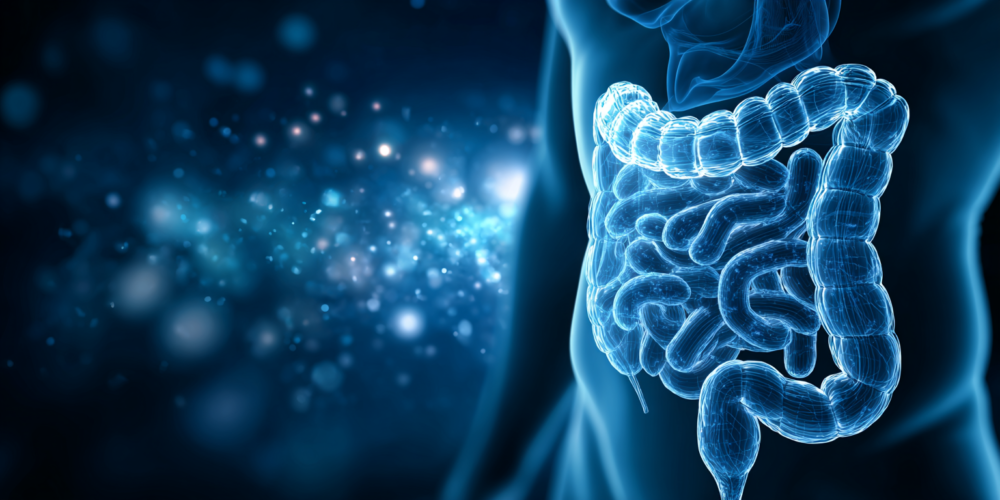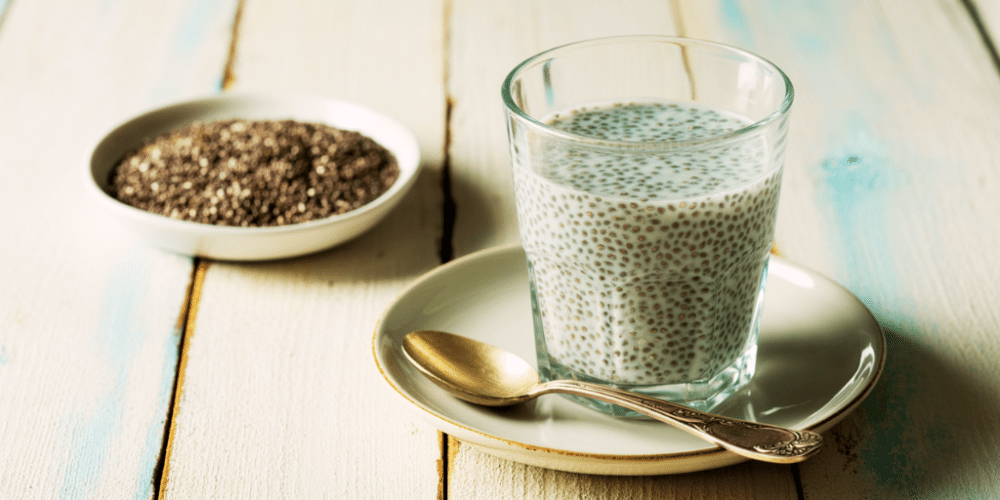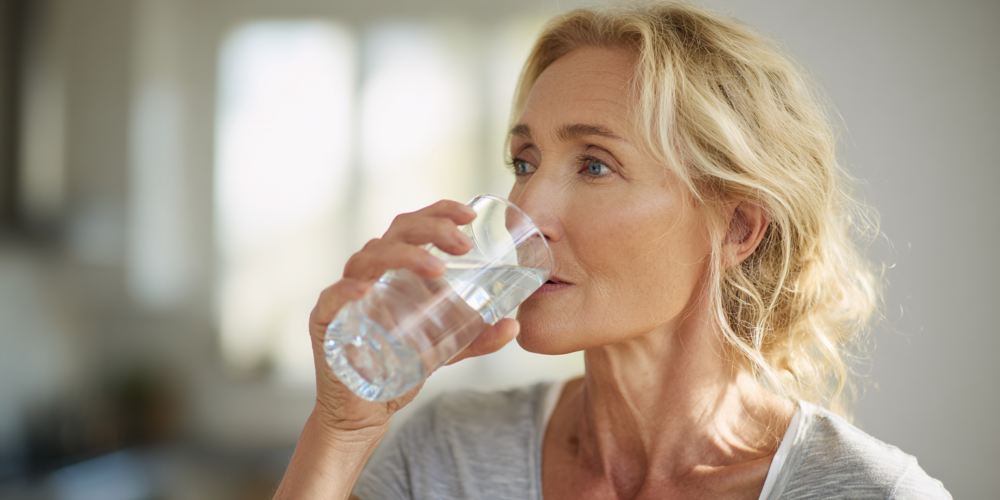
But here’s the good news: you are not entirely defenseless. While we can’t simply stop breathing or eating to avoid them, emerging research is pointing towards a powerful, built-in system we can leverage to fight back: our digestive system. The very same pathway that absorbs nutrients from our food can be optimized to identify, block, and flush out these unwanted plastic invaders. The key isn’t some magic pill or complicated detox protocol; it’s about systematically strengthening and supporting the health of your gut. This article will walk you through the most promising, evidence-based strategies you can start using today to help your body reduce the absorption of microplastics and enhance their elimination.
Key Takeaways
- Your Gut is the Primary Battlefield: The most effective way to manage microplastic exposure is by optimizing your gut health to prevent absorption and promote excretion through your stool.
- Strengthen Your Gut Wall: A strong, intact gut lining (the opposite of “leaky gut”) is crucial. You can support it with nutrients like collagen, bone broth, and L-glutamine.
- Trap and Remove with Fiber: Soluble fiber from sources like chia and flax seeds can bind to bile acids, which in turn can sequester or “trap” microplastics, helping to carry them out of your body.
- Fight Inflammation with Polyphenols: Colorful plant compounds called polyphenols not only reduce gut inflammation but also act as prebiotics and postbiotics, fostering a healthy microbiome that supports your body’s defenses.
- Hydration is Non-Negotiable: Drinking plenty of water is essential for maintaining gut transit time, ensuring that fiber works effectively and toxins are flushed out efficiently.
1. Fortify Your Gut’s First Line of Defense: The Gut Barrier

Think of your gut lining as a tightly controlled border crossing. It’s made up of a single layer of cells held together by proteins called “tight junctions.” In a healthy gut, this barrier is very selective, allowing nutrients to pass into your bloodstream while keeping toxins, undigested food particles, and invaders like microplastics out. However, when this barrier becomes compromised—a condition often referred to as “leaky gut” or increased intestinal permeability—those tight junctions loosen. This creates gaps that allow unwanted substances to leak into your system, triggering inflammation and a host of other health issues.
Research shows that the smaller the plastic particle, the more easily it can be absorbed through the intestinal tract, just like food. This is where strengthening your gut barrier becomes your number one priority. By reinforcing this wall, you can physically block more of these particles from ever entering your bloodstream, forcing them to continue their journey through your digestive tract and out of your body. To do this, you need to provide your body with the right building blocks. Consuming collagen, either from supplements or from rich sources like bone broth, provides the essential amino acids (like glycine and proline) that your body uses to repair and rebuild the gut lining. Additionally, the amino acid L-glutamine is the primary fuel source for the cells that line your intestines. Supplementing with 3-5 grams of glutamine a few times a week can provide these cells with the energy they need to maintain those crucial tight junctions.
2. Eliminate the Gut Wreckers: Emulsifiers and Chronic Stress

Just as important as adding beneficial things to your diet is removing the things that actively damage your gut barrier. Chief among these are certain food additives, particularly emulsifiers. Emulsifiers are used in countless processed foods—from ice cream and salad dressings to breads and sauces—to mix oil and water and create a smooth, stable texture. One of the most problematic is polysorbate 80. In research settings, scientists actually use polysorbate 80 to induce gut inflammation in lab animals to study its effects. It works by breaking down the protective mucus layer that covers your gut lining, leaving it vulnerable to damage and inflammation.
When you see polysorbates on a food label, it’s best to just avoid that product. The downstream effects of a damaged gut mucosal layer are significant. It’s a direct pathway to chronic inflammation, which begins in the gut but can have body-wide consequences, triggering immune responses and contributing to a wide range of chronic diseases. This is one of the most avoidable forms of chronic inflammation. You also need to manage your stress levels. Chronic stress triggers the release of hormones like cortisol, which can directly degrade the gut lining and disrupt the balance of your gut bacteria, further weakening your defenses against microplastics.
3. Master the Art of “Trapping and Removing”: Bile Acid Sequestration

Now that you’re working on strengthening your gut wall, the next step is to actively trap the microplastics that are in your gut and ensure they get escorted out. This is where a process called bile acid sequestration comes in. Your liver produces bile to help you digest fats, but bile also plays a critical role in binding to and eliminating toxins. By using specific types of fiber, you can enhance this natural detoxification process.
Soluble fiber, found in foods like chia seeds, flax seeds, psyllium husk, apples, and oats, is a game-changer here. When you consume soluble fiber, it forms a gel-like substance in your gut. This gel has a unique ability to bind to bile acids. This binding action is beneficial for two reasons. First, it forces your liver to produce more bile, which keeps this detoxification pathway active. Second, and most importantly for our purposes, the bile acids themselves can bind to fat-soluble compounds, including toxins and potentially microplastics.
The fiber-bile complex then acts like a sponge, trapping these particles and preventing them from being absorbed. This entire package is then moved through your intestines and eliminated in your stool. Studies have confirmed that microplastics are consistently found in human stool, which is extremely promising—it tells us that this exit route is viable. By maximizing it with soluble fiber, you are actively helping your body to trap and remove these contaminants.
4. Keep Things Moving: The Critical Role of Hydration and Transit Time

All the fiber in the world won’t do you much good if things aren’t moving through your system efficiently. This is where proper hydration and gut transit time become critically important. Transit time is simply the time it takes for food to travel from your mouth all the way through your digestive tract. A slow transit time (i.e., constipation) is a major problem because it gives toxins, including microplastics, more time to sit in your gut, increasing the likelihood that they will be absorbed into your bloodstream.
Drinking enough water is fundamental to preventing this. Water allows soluble fiber to form its beneficial gel and helps insoluble fiber add bulk to your stool, promoting regular, healthy bowel movements. Proper hydration supports not just your gut, but your entire detoxification system, including your kidneys and lymphatic system, which are constantly working to filter waste from your body. Don’t overcomplicate it: aim to drink plenty of clean, filtered water throughout the day. This simple habit ensures that the microplastics you’ve successfully trapped with fiber are flushed out of your body promptly, rather than lingering where they can do harm.
5. Power Up with Polyphenols: The Gut’s Anti-Inflammatory Superheroes

Finally, let’s talk about upgrading the quality of your gut’s internal environment. Many people focus only on fiber, but the nutrient quality of what you eat is just as important. This is where polyphenols come in. Polyphenols are powerful antioxidant compounds that give plants their vibrant colors—think of the deep red of cherries, the rich purple of blueberries, and the dark green of spinach.
These compounds are incredible for your gut. First, they are potent anti-inflammatories. By calming inflammation directly within the gut, they help protect the integrity of your gut barrier. Second, they act as both prebiotics and postbiotics. As prebiotics, they provide food for your beneficial gut bacteria, helping to cultivate a healthy, resilient microbiome. But they also lead to the creation of postbiotics. This is when your gut bacteria metabolize the polyphenols and transform them into new, powerful compounds (like urolithin A from pomegranates and berries) that have their own unique health benefits, including supporting cellular health and reducing inflammation throughout the body.
Polyphenols also boost your body’s own production of powerful endogenous antioxidants, like glutathione peroxidase and superoxide dismutase. These enzymes may even help mitigate some of the inflammatory damage caused by the microplastics that have already been absorbed. So, focus on eating a rainbow of colorful, whole foods. It’s less about the sheer quantity of fiber and more about the quality and diversity of these powerful plant compounds.
Conclusion
The challenge of microplastics can feel overwhelming, but it’s crucial to focus on what you can control. The science is clear: your gut health is your single most powerful tool in this fight. By focusing on building a rock-solid gut barrier, avoiding gut-damaging additives, using soluble fiber to trap and remove particles, staying hydrated, and flooding your system with anti-inflammatory polyphenols, you can significantly reduce your body’s absorption of these plastics and enhance their elimination. We may not be able to change our environment overnight, but we can absolutely change the environment inside our bodies. Take these steps, be consistent, and empower your body to be the resilient, self-cleaning system it was designed to be.
Source: Thomas Delauer

